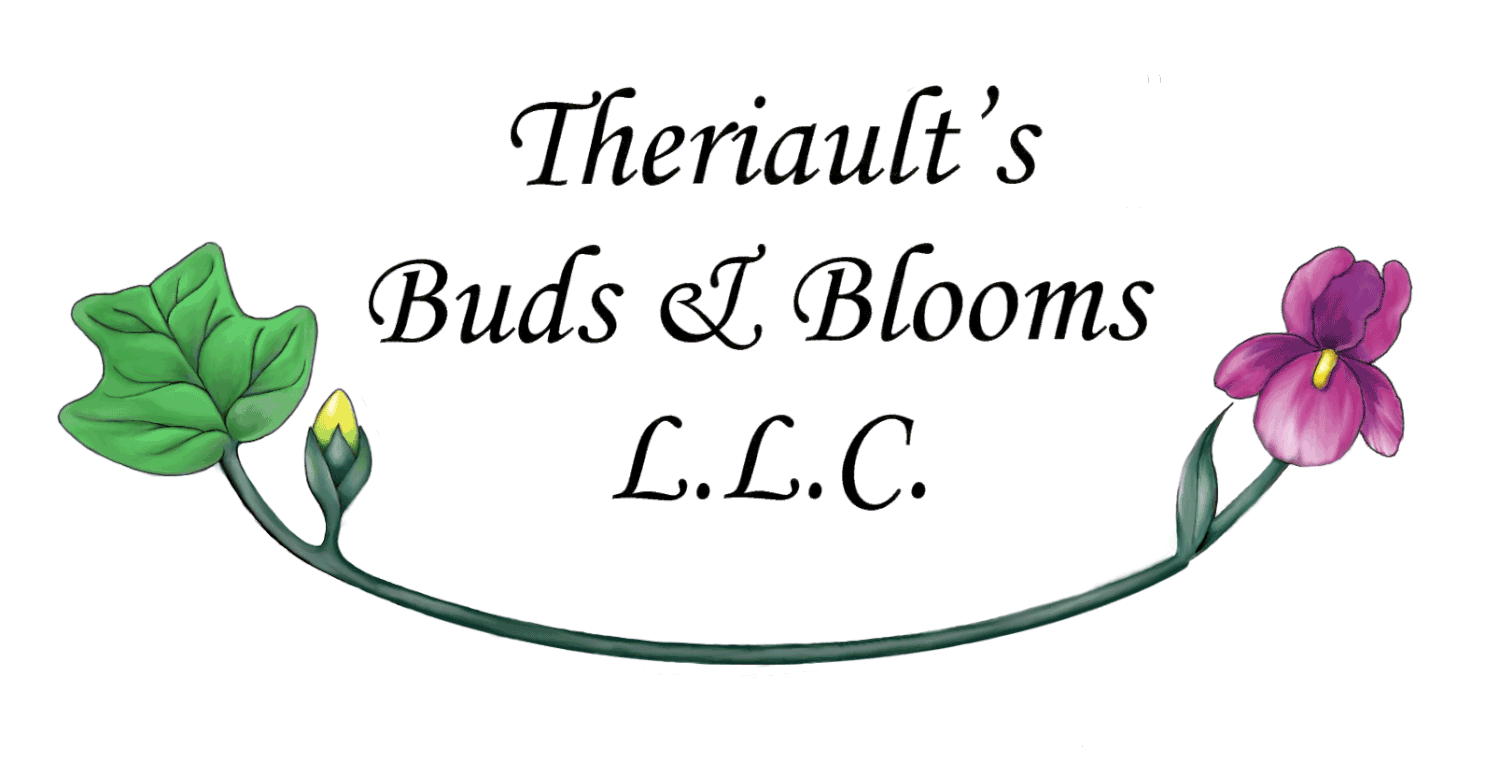
Hosta
Hostas, also known commonly as plantain lilies, are the main class of shade tolerant plants I grow. There are varietal differences in their tolerance of full sun conditions. Generally speaking, the more blue coloring there is in the leaves, the less sun it should receive. As a general rule, afternoon sun should be avoided. Eastern and northern exposure is usually more to their liking.
Not specifically grown for their floral displays, Hostas are planted for the effects of their foliage textures, colors, and overall plant sizes. As with pretty much every other large plant family, there are varieties that only grow up to about 6 inches tall, and others that can clear 3 feet…and pretty much every height in between. Flower colors are normally shades of lavender or white. Blooming is typically about mid-summer. Most varieties do not carry a scent in the flowers, though there are a few that do. Those that do have a scent seem to mimic the scent of jasmine pretty well. Of the varieties I have in production, Guacamole is the only one with a scent, which is pretty noticeable, even from several feet away. Hummingbirds can visit Hosta flowers for nectar, as their tubular shape is an ideal fit for their little beaks.
Cool, evenly moist, neutral to slightly acidic, fertile soil is the best set of conditions for Hostas. Think woodland conditions when working out where to plant. Drainage should also be good, as they are not fond of “wet feet.” Otherwise, care and keeping are limited to remembering where they are if you make any dormant season changes to your planting beds…and removing spent flower stems and yellowing/dead leaves.
Hostas go fully dormant in the fall, typically later in October to November, depending on the year (and where you live). Once the whole plant has yellowed, the leaves can be cut down to just a couple inches above the ground. In colder areas, the foliage can be left for the winter as a bit of insulation. It’s a matter of personal taste, as the plants themselves are typically quite hardy.
Hostas will begin shipping in early March, as I begin to divide and repot them. They will be bare-root and bagged with a light sprinkling of the bagged container mix I use to grow them and sent via USPS Priority Mail Flat Rate. Please check out the Shipping and Returns tab below for more details.
Please see the Shop page for varieties being offered this season. All plants in the shop can now be ordered and paid for online. Stock levels are low, so sell-outs will happen quickly.
Thanks for looking in!
